Gender discrimination: the first Swiss woman in cantonal parliament
The first woman in Switzerland ever to be elected to a cantonal parliament was Raymonde Schweizer. This Social Democrat came from the industrial town of La Chaux-de-Fonds in the Neuchâtel Jura. A trade unionist and feminist, she was elected on her first try in 1960, thereby becoming a trendsetter at a time when Swiss women were not even allowed to vote in national elections.
Not once but twice was Neuchâtel the setting for key developments in the decades-long exclusion of women from the country’s democratic system. But the story really begins in Altstetten in canton Zurich, the home of Emilie Kempin-Spyri, the first woman in all of Europe to earn a doctorate in law.
In 1887 this pioneer applied to the Federal Court to have the word “Swiss” defined as a generic masculine. The young legal scholar just wanted to be able to practise law, which as a woman she could not do. “All Swiss” – women and men – were equal before the law, she argued. But the court found her view “both novel and bold”, and dismissed her case.
The issue of the vote in Switzerland was a paradox from the beginning. On the one hand the Alpine state was considered a model of universal male suffrage. On the other hand, it lagged behind on full adult suffrage. Direct democracy had a lot to do with this state of affairs.
It was New Zealand that blazed the trail of universal suffrage in the late 19th century. Formally this British dominion was a kingdom, and not a republic. Yet it adopted a fully democratic constitution. In 1893 both women and men were given the right to vote.
This series in several parts is tailored for our author: Claude Longchamp’s expertise makes him the man who can bring alive the places where important things happened.
Longchamp was a founder of the research institute gfs.bern and is the most experienced political analyst in Switzerland. He is also a historian. Combining these disciplines, Longchamp has for many years given highly acclaimed historic tours of Bern and other sites.
“Longchamp performs democracy,” was one journalist’s headline on a report about a city tour.
This multimedia series, which the author is producing exclusively for SWI swissinfo.ch, doesn’t concentrate on cities – instead its focus is on important places.
He also posts regular contributions on FacebookExternal link, InstagramExternal link and TwitterExternal link.
Post-war protests
That same year the left-leaning Swiss women workers’ union first demanded the vote for women throughout the country. By 1904 this was part of the political programme of the Social Democratic Party. It was also a key demand of the General Strike of 1918.
The establishment, however, had another opinion. The abilities that women and men had were simply different, the bourgeois elite believed, and therefore should be distributed accordingly in various aspects of life. Voting rights for women were just unnecessary.
Women from across the political spectrum let their dissatisfaction be known after both world wars. In 1929 they submitted a petition for women’s suffrage containing a record-breaking 250,000 signatures. In 1948, when 100 years of the Swiss constitution and the “nation of brothers” were being celebrated, they added the sardonic phrase, “with no sisters”.
World scandal
When in 1957 the Swiss government proposed compulsory service in the civil defence force, women were to be included. Yet only men were allowed to decide in a referendum if it should be introduced. This caused a scandal that echoed in the international press. In Unterbäch, canton Valais, the local government set up a second ballot box, so that women could cast their vote in spite of it being illegal.
In the end an initiative for universal suffrage in the Swiss parliament came from the Christian Democrats in Valais. On June 13, 1958, the House of Representatives as well as the Senate approved the introduction of full universal suffrage – the right to vote and stand for election. Were it not for direct democracy, this would have been the date that political equality was achieved between men and women in Switzerland.
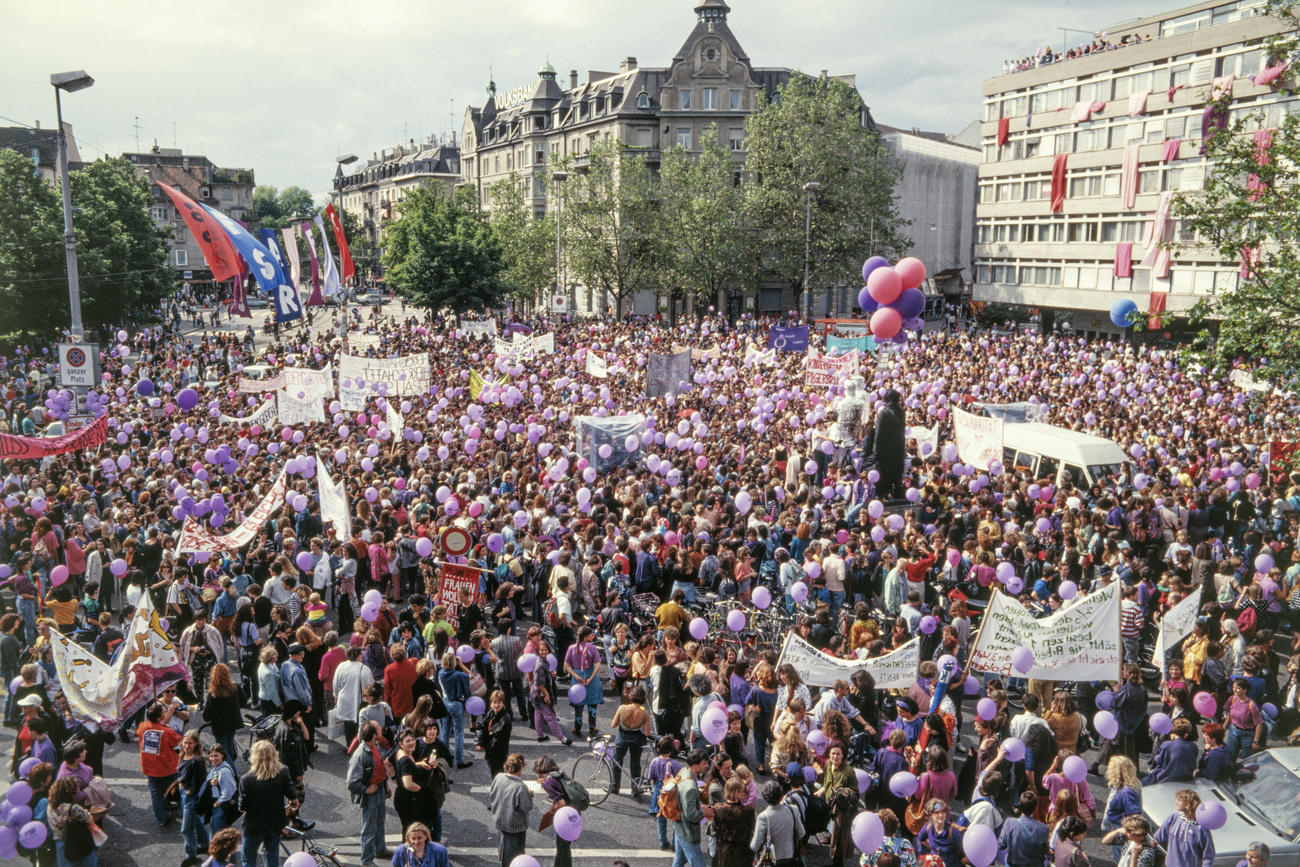
Yet on February 1, 1959, 67% of male voters along with a clear majority of cantons rejected the proposal. During the referendum campaign, the “yes” side had disintegrated. The Social Democrats were left campaigning for acceptance, the centre-right Radicals and Christian Democrats abstained from making any recommendation to voters, and the People’s Party campaigned for the “no” side.
Only three cantons voted “yes”: Vaud, Geneva and Neuchâtel. Now they could introduce the right for women to vote and stand for election at the cantonal level – a development that gave Raymonde Schweizer an opportunity to forge her own path to equality.
Late breakthrough
The second attempt at a nationwide referendum was successful. By then all the major political parties were in favour of women’s suffrage. On February 1, 1971, 66% of voters and a majority of cantons said “yes”.
Large tracts of eastern and central Switzerland, however, had voted against suffrage. Yet they modified their electoral laws to adhere to the new national standard. The notorious exception was Appenzell Inner Rhodes. It was not until 1991 that the Federal Court forced the canton to give women there the right to vote.
The successful referendum had been preceded by a 1969 march on the capital Bern that drew 5,000 women. The participants proclaimed that human rights belonged to women too. On this point they were going against the federal government, which planned to sign the European Human Rights Convention while opting out of the clause regarding women’s political rights.
That was not the way society was going, however. The May 1968 student revolt had called for freedom from bourgeois constraints on young people and women. Forcing women to get the approval of their husbands in order to get a job, for example, seemed anachronistic. A new women’s movement took off. Obtaining political rights was not just a goal, but a matter of course on the way to full equality of the sexes.
Gradual progress
Women’s representation in parliament was modest at first. In 1971 a total of 11 women were elected to the 200-member House of Representatives. In the Senate, one woman sat among 45 men.
Change came somewhat later: by 2019 women made up 42% of the House of Representatives. For the Senate, the figure was 26%.
In 1907 Finland became the first country in Europe to grant women the right to vote. Many countries followed suit in the years of increasing democratisation following the upheaval of the First World War.
When Switzerland finally gave women the right to vote in 1971, the only European countries that did not already have it were Portugal (1974) and Liechtenstein (1984).
Even today, in the Vatican, the Pope is elected solely by men.
With 42% women in the House of Representatives, Switzerland is in sixth place in Europe for women elected. The scores are better, accordingExternal link to a current report, in the Nordic countries of Sweden, Finland and Norway, but also in the secularised states of Spain and Portugal.
There was a majority of women in the national parliaments of Rwanda, Cuba and the United Arab Emirates in 2021. The highest score was achieved by Rwanda with 61%, the country having made good its recovery from a destructive civil war.
In the Swiss Federal Council, the seven-member executive, there was not a single woman until 1984. Then between 2009-2011 there was actually a female majority. One of the four women cabinet ministers, Doris Leuthard, voiced the opinion, when she retired from government, that this mix had made for more courageous decision-making. In 2011, for example, following the Fukushima nuclear disaster, the Federal Council decided to phase out nuclear energy – it seems the four women ministers wanted this, but the three men did not.
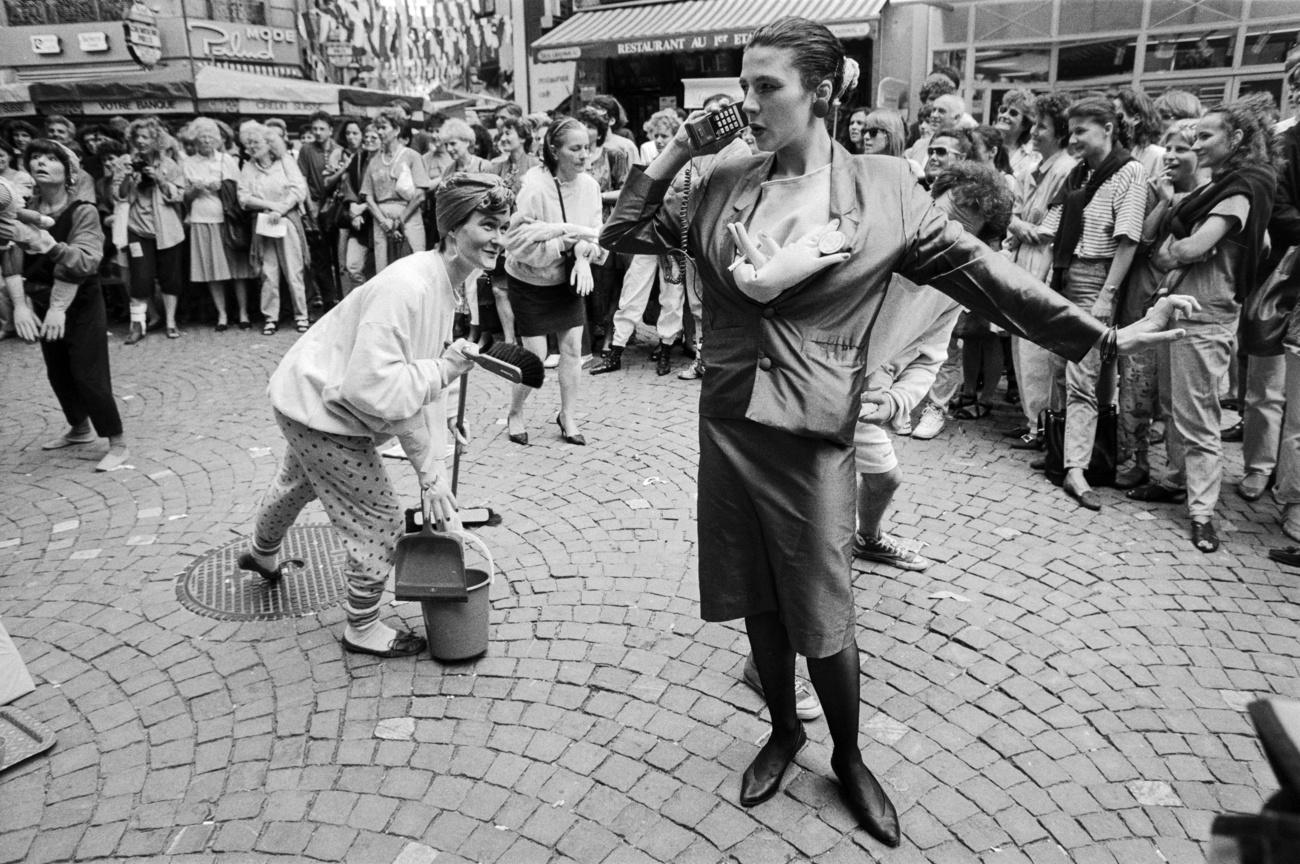
More
Why Swiss women are back on strike today
The fight for equality continues. Disappointed at the lack of progress despite having the same political rights as men, women’s activists held the first national women’s strike in 1991. In 2019 it happened again, this time with a call for unpaid care provided by women to become a thing of the past. Both actions saw considerable participation, with over 100,000 women and men taking part each time.
Translated from German by Terence MacNamee/gw
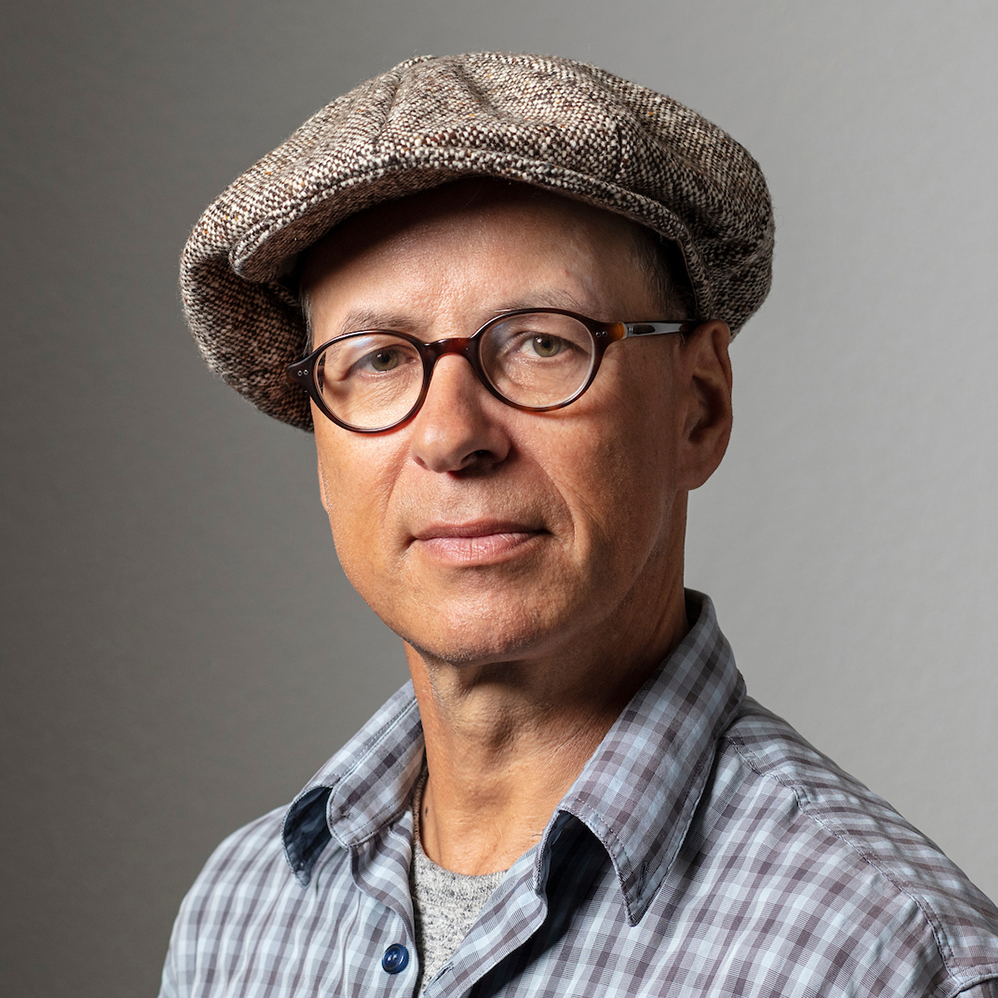




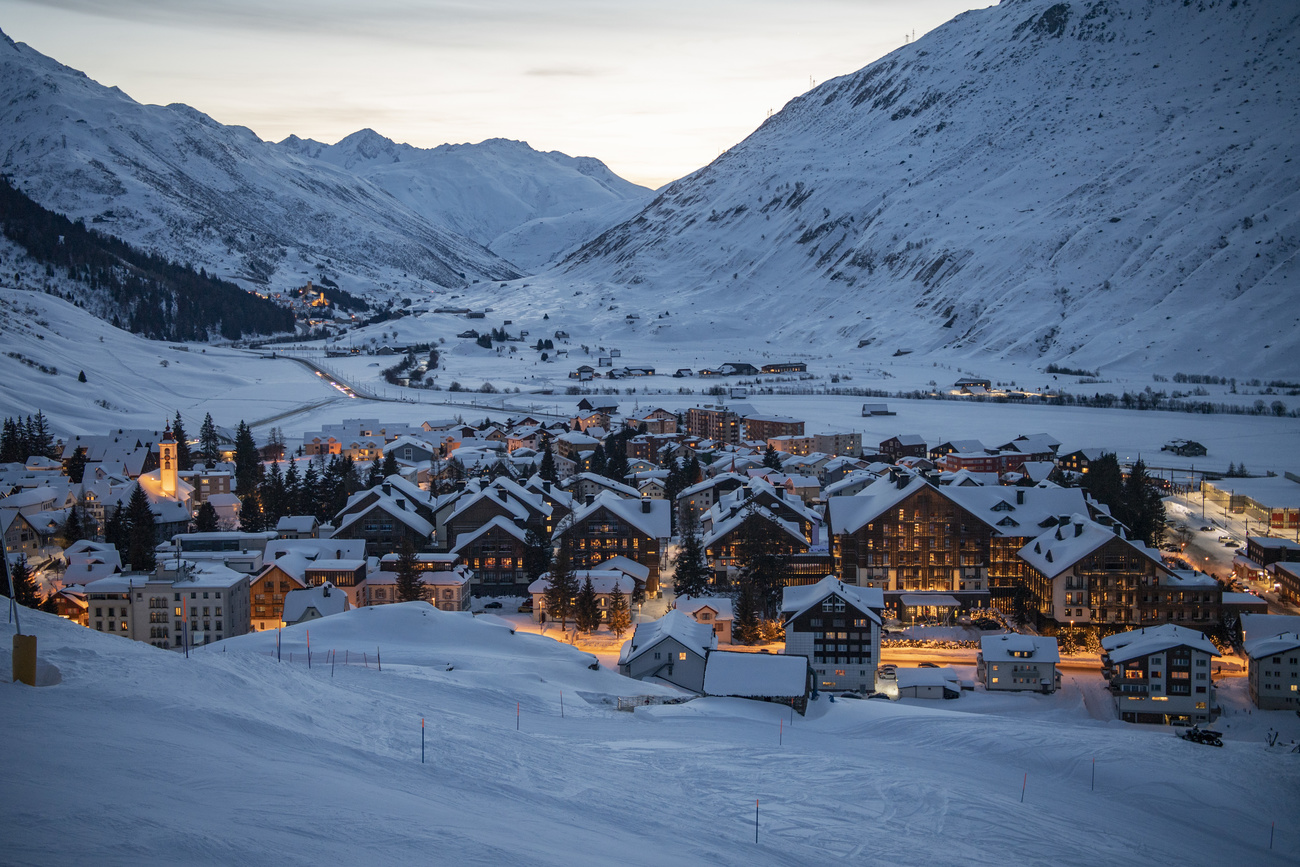





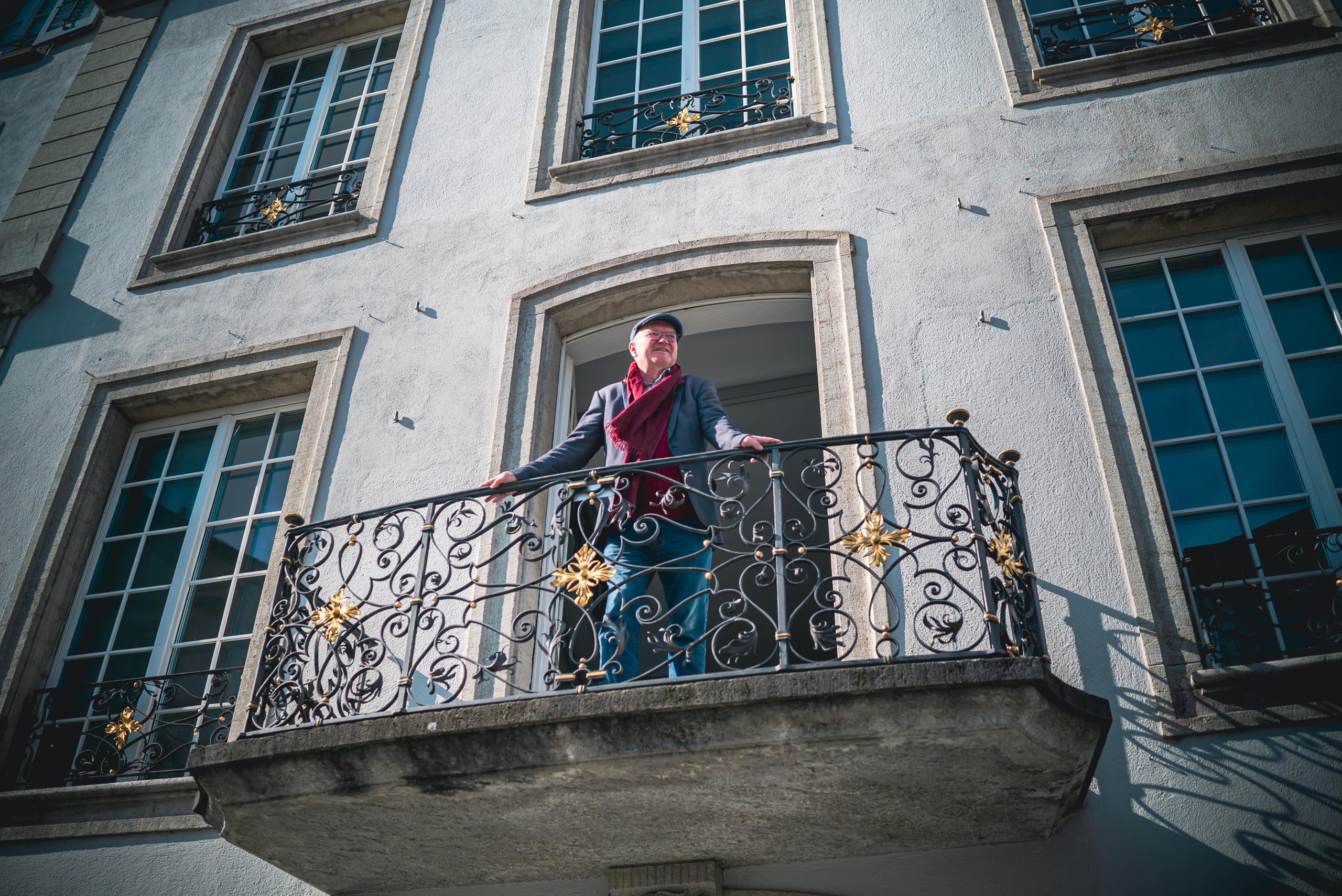
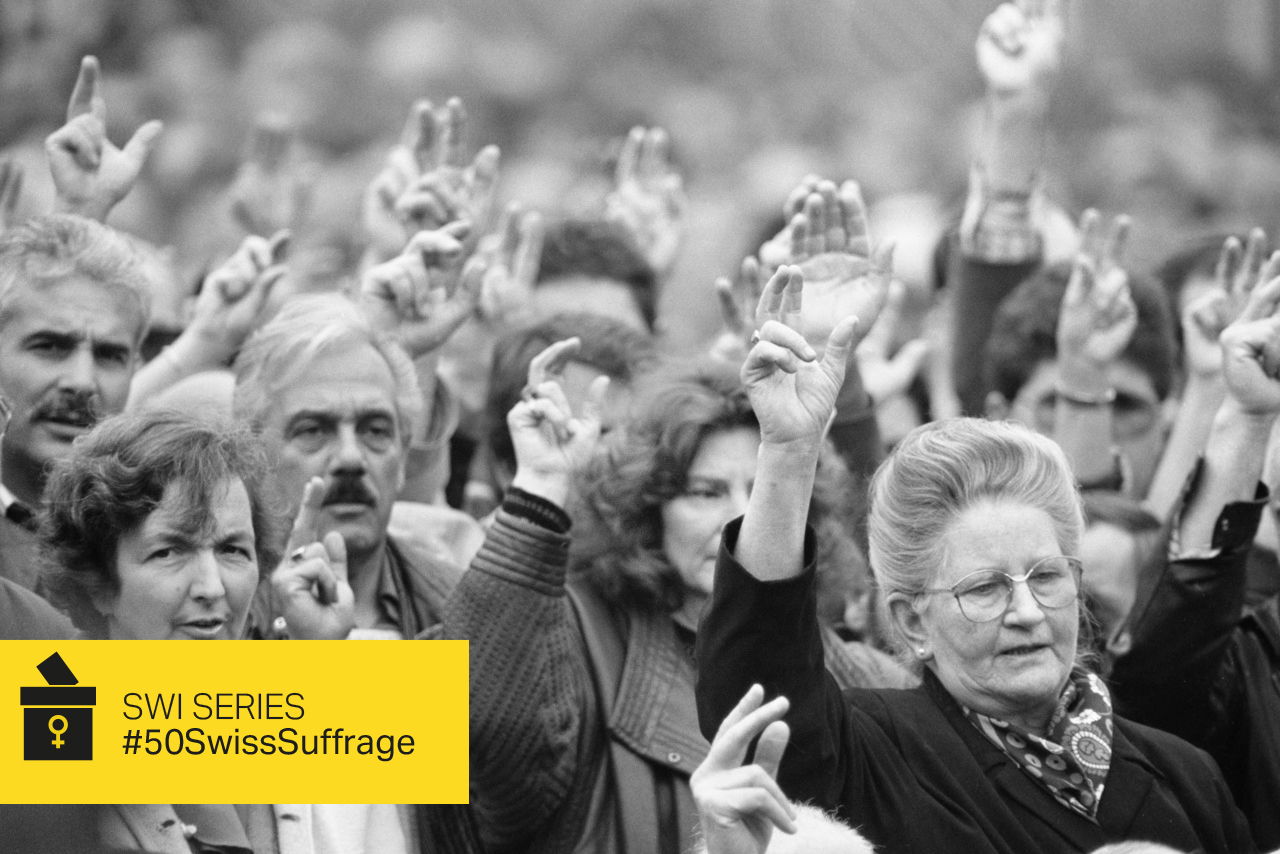
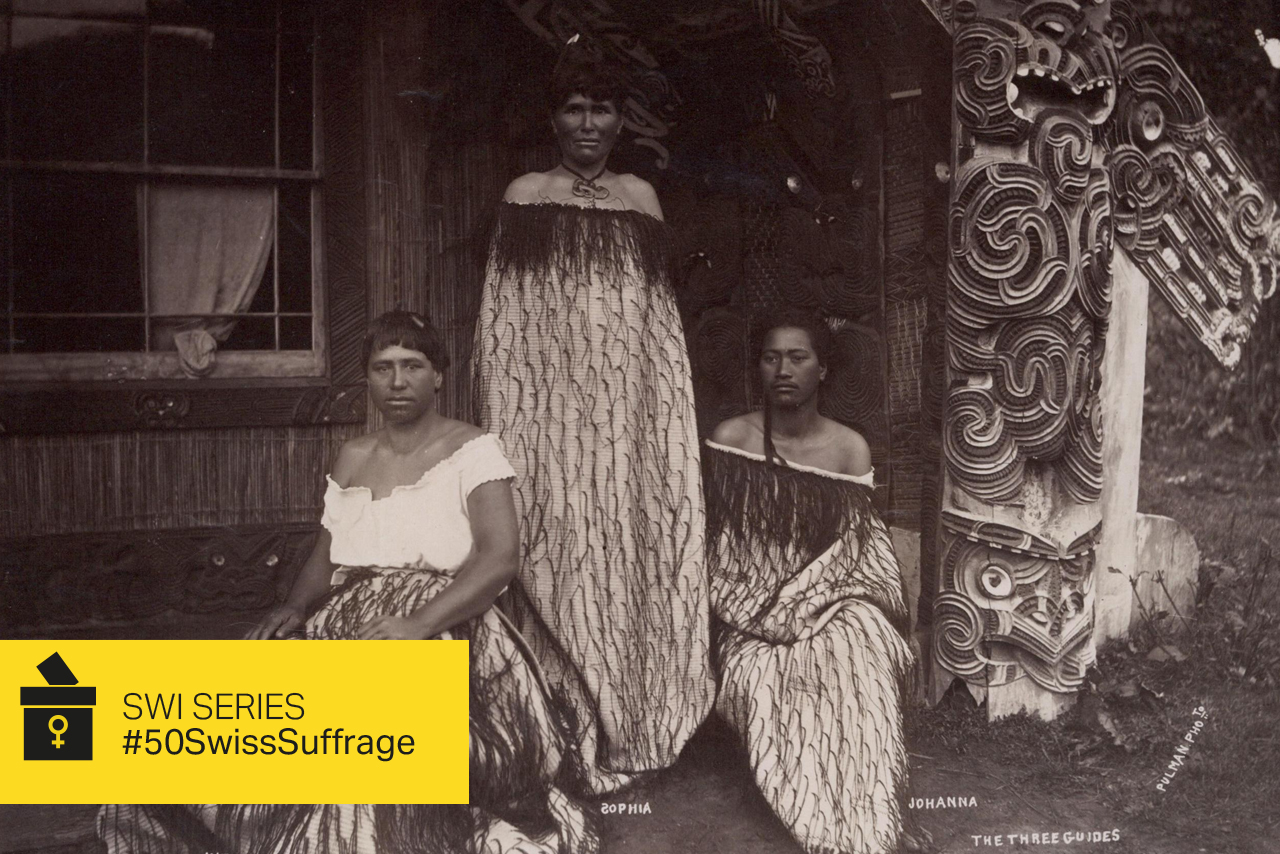

You can find an overview of ongoing debates with our journalists here . Please join us!
If you want to start a conversation about a topic raised in this article or want to report factual errors, email us at english@swissinfo.ch.